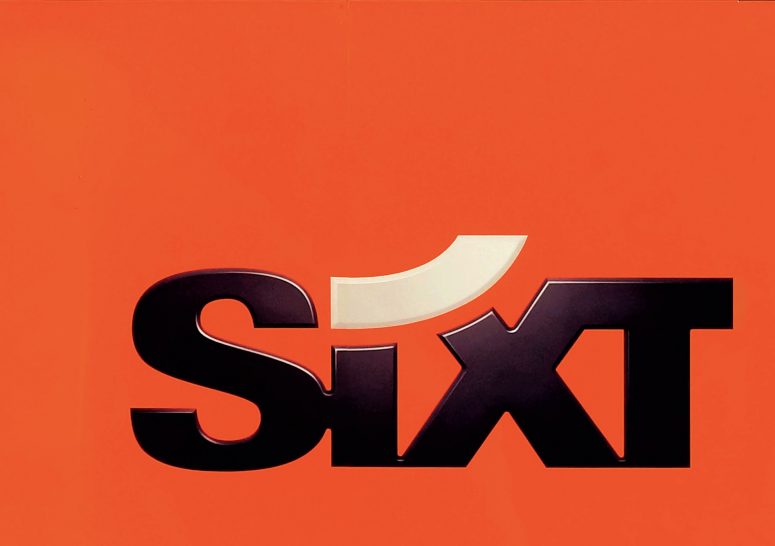
Motivation theorists of the last century suggested that monetary rewards such as bonuses and commission could be used to motivate workers. However, Daniel Pink argues that such traditional rewards simply ‘dulls’ and ‘blocks’ the essential skill of creativity required from today’s workforce. Pink has authored five bestselling books about business management. He has a law degree from Yale and worked in the White House as chief speechwriter for Vice President Al Gore from 1995 to 1997.
In his book Drive: The Surprising Truth About What Motivates Us Pink argues that human motivation is largely intrinsic, rather than being based on the extrinsic motivation factors such as financial rewards or fear of punishment that dominated twentieth-century theories. Frederick Winslow Taylor (1856–1915), an American industrialist, argued that employers must reward the behaviour they seek and punish the behaviour they discourage in order to raise productivity. Hence, Taylor advocated the use of piecerate to reward workers because ‘what the workmen want from employers beyond anything else is higher wages’.
Your organisation does not have access to this article.
Sign up today to give your students the edge they need to achieve their best grades with subject expertise
Subscribe




